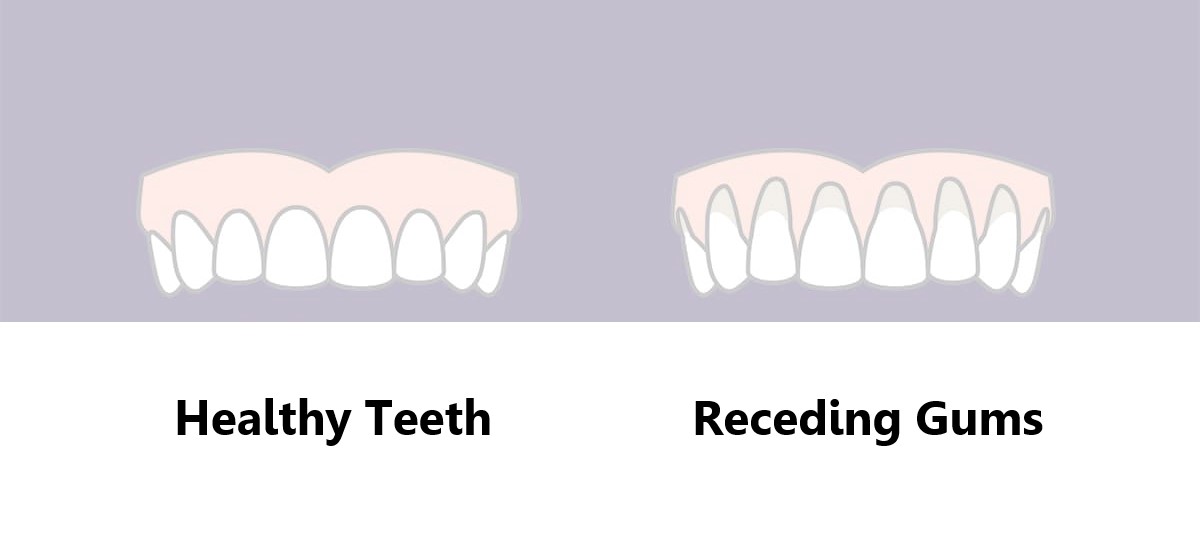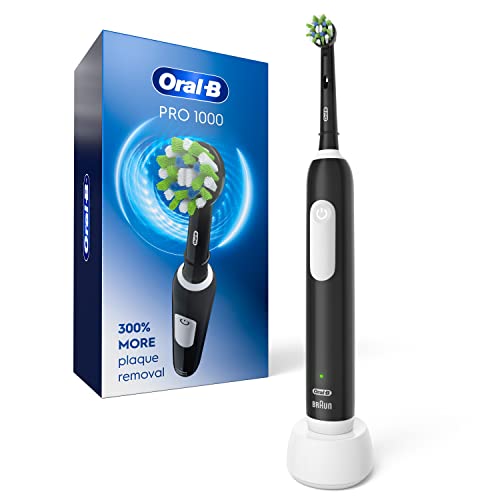Gum recession, is also known as gingival recession or receding gums is a gum problem that causes the bottom part of the teeth to be visible, and this basically makes the teeth react sharply to both hot or cold substances. And it also causes separation of the gum from the teeth. The bottom of the teeth is likely to react sharper than the crowns giving that it doesn’t have the hard enamel covers that clowns normally have.
Gum recession also leads to tooth loss, this is because pockets are formed in between the teeth and the gum line and so bacteria are formed which eventually causes infections. And if this not appropriately dealt with, the frame work and tissues of your teeth will be damaged and your teeth will be lost.
Gingival recession differs in the sense that it may occur on just one tooth, four or five teeth or the entire teeth but this depends on the condition. Also receding gums tend to look a lot longer than usual. When the gums recede, there is a higher chance of decay of tooth and tooth roots.
All medical content on this site, including this guide and other product reviews, is written by our team of experienced writers and researchers. All writers from The Toothbrush Expert are recommended and reviewed in the industry. You support us through our editorially chosen links, which earn us commission. Learn more
All of our picks have the American Dental Association (ADA) Seal of Acceptance.
Symptoms of Receding Gums
Although gingival recession is one of the everyday dental problem, there is a wide spread of ignorance among people about the health of their gum, this can be attributed to the fact that gum recedes slowly. The basic symptoms of gum recession are:
- Sensitive teeth
- The roots of the teeth are exposed and this causes some teeth to longer than others
- Shaking of the teeth
Receding gum is a basic sign associated with a gum disease called gingivitis or a more serious gum disease i.e periodontitis. Some signs of the gum disease are:
- Smelly breath
- Bleeding of the gums during flossing and brushing
- Gums become dark red in color
- Gums begin swelling
Gum recession isn’t a joke, even if you just got a hunch you should go see your dentist. Gum recession can be treated if reported on time.
Causes of Receding Gums
Gum recession can be caused by many reasons. Principally, it is caused by periodontal disease. Periodontal disease is a more serious type of disease of the gums. It can also be attributed to genetics, eating disorders, improper brushing, bad dental hygiene, wrongly placed dentures, taking of tobacco, and a lot more.
Gum Disease I.e. Periodontal Disease
As we earlier saw, receding gums is the basic sign of advanced periodontal disease. It is a dangerous dental disease which completely destroys the gums, surrounding tissues and bones. Due to the severity of the disease, the gums eventually separate from the teeth.
Periodontal pockets (deep spaces) are the formed giving room for bacteria to live. The pockets are way too shallow for toothbrushes to reach. Eventually due to long-time accumulation of bacteria the teeth begin to decay. In order to avoid complete and permanent loss of bone it is advised that periodontitis is treated immediately.
Improper Brushing
Although it is usually said that using a hard brush helps a lot better than soft ones, but making use of a toothbrush made with sharp bristles and brushing may cause your gums to recede slowly. Many dentists advise patients to use a common electric toothbrush, buy a soft brush with soft spikes so that the chances of harming the gums and have a good oral hygiene.
Soft-Tissue Trauma
A simple injury like car accidents, sports injuries, etc. can damage your gum and other tissues which may cause your gums to recede. Also, an injury may cause your tooth to shake and it can separate from the gum leading to gum recession.
Dentures
If your dentures are wrongly placed, your gums may recede, this is cause partial dentures are made just to cover the observable part of the teeth. There are fixed to the metal plate and then placed securely inside the mouth with claps and with hooks that are attached to the real teeth. If the claps and hooks become uncomfortable to the gums, it may cause inflammation and possibly gum recession. Assuming the cause of your gum receding is wrongly placed partial dentures, make an appointment with your dentists so you can have the adjusted or remade.
Genetics
Genetics is another factor of gum recession. A lot of people have thin soft and weak gums even from birth. Because of this, there are easily exposed to disease and some other infections.
Nicotine and Tobacco Products
People who chew tobacco can have receding gums. Also, they may also have decayed tooth because many of these chewable tobaccos are sweet.
Gum tissues can be damaged by Nicotine because the compound “chokes out” in your mouth. Nicotine also causes the tooth to decay, causes dry mouth and receding of the gum. Also, saliva is only produced in small amounts, and so more bacteria are formed.
Eating Disorders
It is general knowledge that eating disorders often has a harmful effect on the dental health or the health of the entire body. More risk factors include; dental erosion and receding gums. Some other factors may include dental abscesses, tooth stains, and loss of teeth.
Bruxism
This is referred to as the of grinding and clenching the teeth, mostly while sleeping. Clenching your teeth over time may lead to gum decline, this happens when the teeth starts to shake, and this eventually results in exposure of the roots.
Misaligned bite or Crooked teeth
Gum recession occurs mainly when a lot of force is put on these gums because teeth is not evenly aligned.
Lip and Tongue piercing
Irritation usually occurs when the jewelry rubs against the gum causing damages to the gum tissue.
How to prevent gum recession escalating
Now that you are aware of the symptoms of gingival recession, if you note any of them, first thing to do is to visit your dentist. Your dentist will most likely perform deep cleaning or a total dental check-up. If your symptoms are showing gingival recession, they will probably send you to the periodontist. In order to prevent or curtail gum recession, it is very necessary to have a good oral hygiene. For healthy gums, brush two times a day, floss every day, and also use a mouthwash.
How do you fix Receding Gums
Visit your dentist immediately if gums become separated from your teeth. Otherwise, if the tissues of the gum are damaged, it cannot be fixed without the help of a periodontist. If not immediately attended to, it will worsen as time goes. Depending on what the cause is, some gum recession remedies may include:
Root Planing and Scaling
This is a common remedy for advanced periodontal disease. The procedure cleans out all the bacteria and calculus fond around the gum line area. Another benefit is that it enables the gum to rejoin with the teeth and causes the tissues to heal.
Regeneration
You can undergo a process that will help regenerate bones lost to gum recession. In the case of reduction in the pocket depth, the dentist will first of all roll back your gum and then clean out the bacteria. Regenerative materials will be put in such areas so that the body will naturally regenerate what was loss. Such regenerative materials include; membrane, tissue-stimulating, graft tissue, or protein. The tissue is then held over the tooth’s root after putting in the regenerative materials.
Tissue graft
The most common form of tissue graft methods is tissue graft. This is done by cutting a piece of the skin from the top of the palate and the subepithelial connective tissue which is the tissue found under the skin/flapwh, is cut and then carefully sewn to the tissue around the uncovered root. After this, the skin/flap is placed in its original position. Another method is the gingival graft. In this procedure, tissue is removed straight from the mouths roof and not underneath the skin. In a case where a patient has enough gum around the affected tooth, the dentist can graft tissue close to the tooth instead of removing from the mouth (palate). The procedure is known as pedicle graft. The procedure a dentist will take may differ due to preference and needs.
Frequently Asked Questions on gum recession
If your gum tissue is already lost it is not possible to get it naturally fix it. However, in order to stop your gum from receding worst you can follow these tips; have a good dental hygiene, floss regularly, wash your mouth with an anti-bacteria mouthwash and brush two times a day.
Gum recession or gingival recession forms gaps or pockets in between teeth and the gum line, and this results in the accumulation of bacteria which causes disease. If not immediately tended to, the supporting tissues and bone will be damaged. And this may lead to tooth loss.
Mostly, gum grafts are between the range of $700 to $2500 per tooth.
As we earlier discussed, if receding gums is not immediately treated, it will only get worse. Eventually, bacteria will build-up in the gaps that are formed in between the teeth and gum. Which will eventually damage to supporting structures and this will result in tooth loss.


Dr Michael Jones is the proud founder of The Toothbrush Expert. He has been working as a dentist for 21 years now. Besides his work as a dentist, Michael wants to help people to find the right dental products. His goal is to provide everyone with honest expert reviews on all kinds of dental care products.









